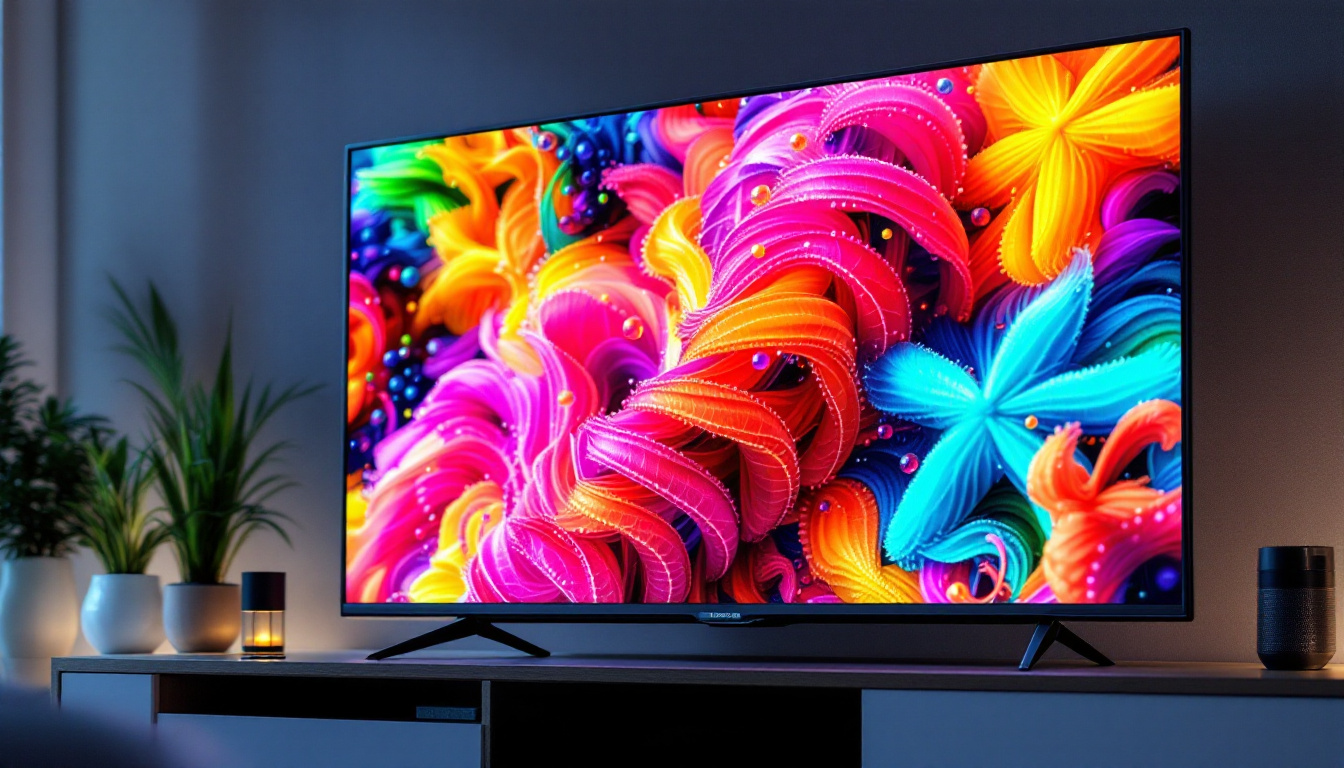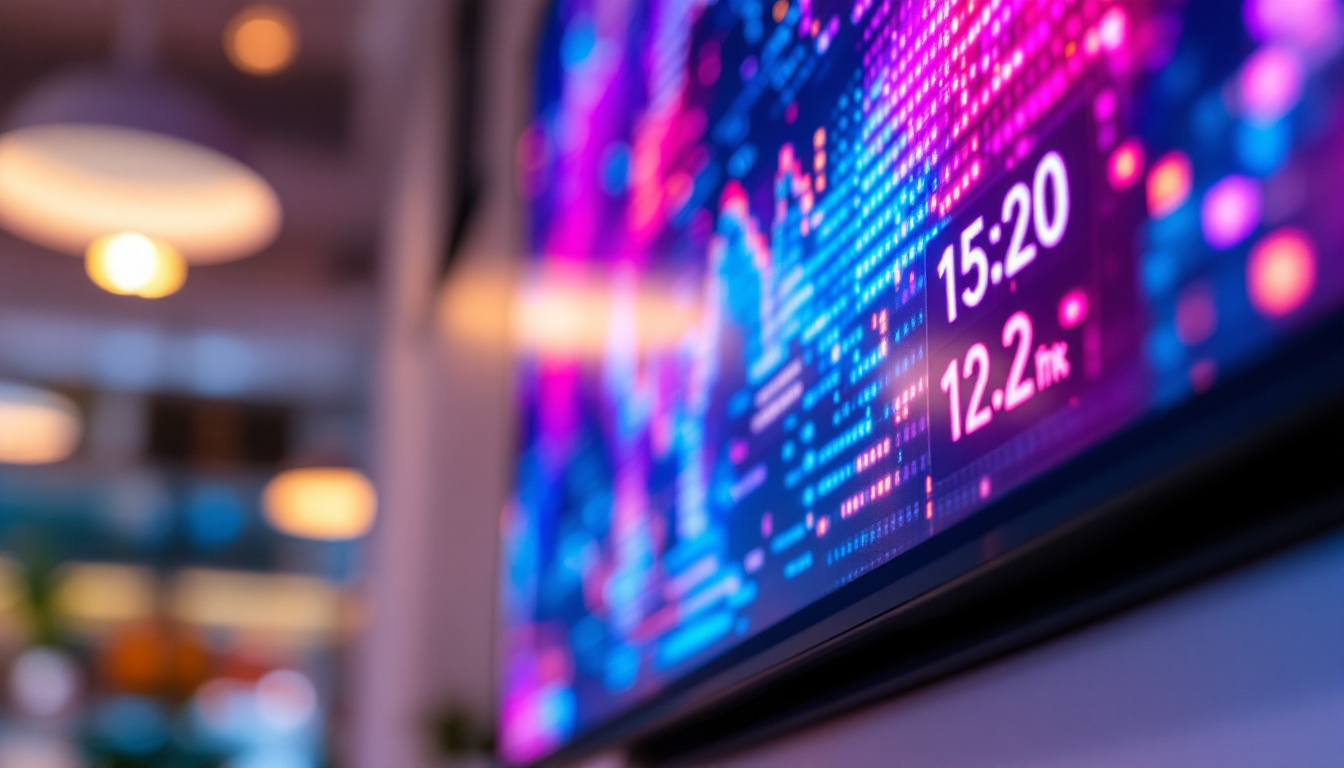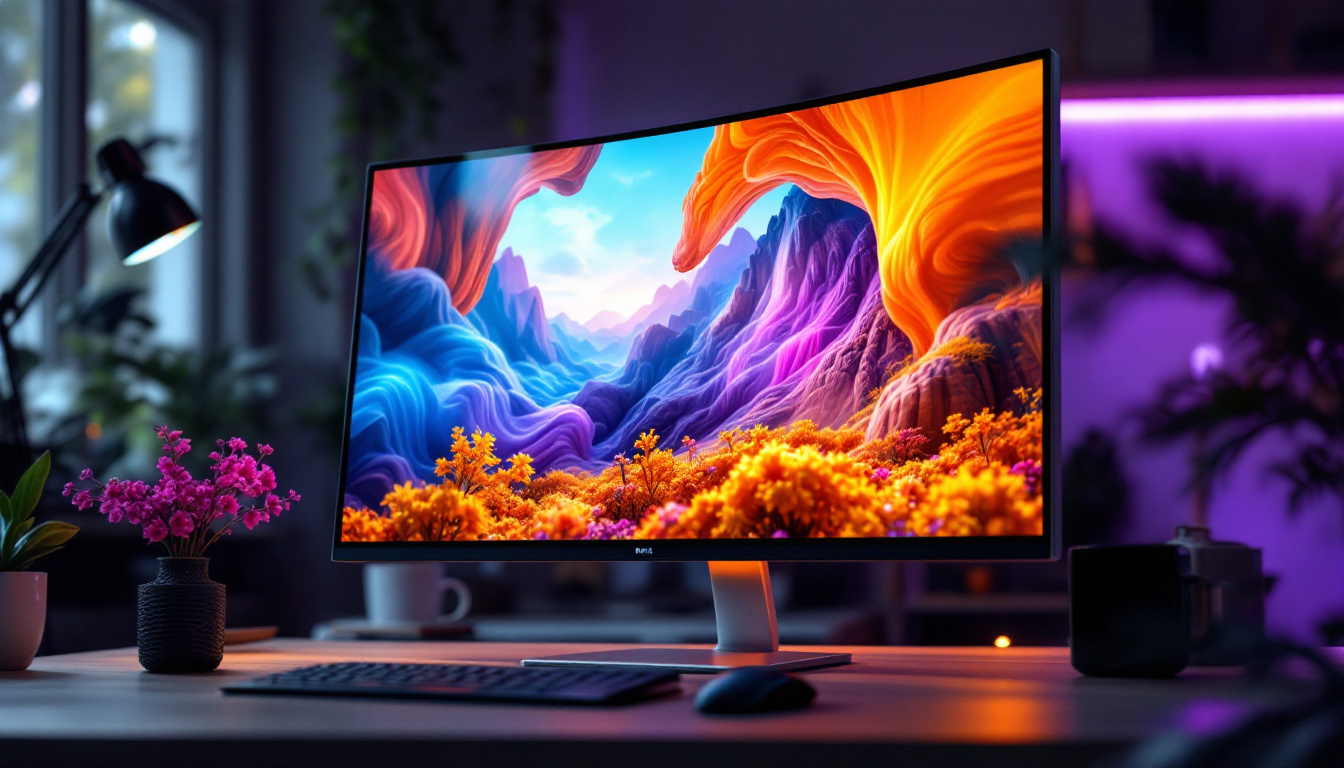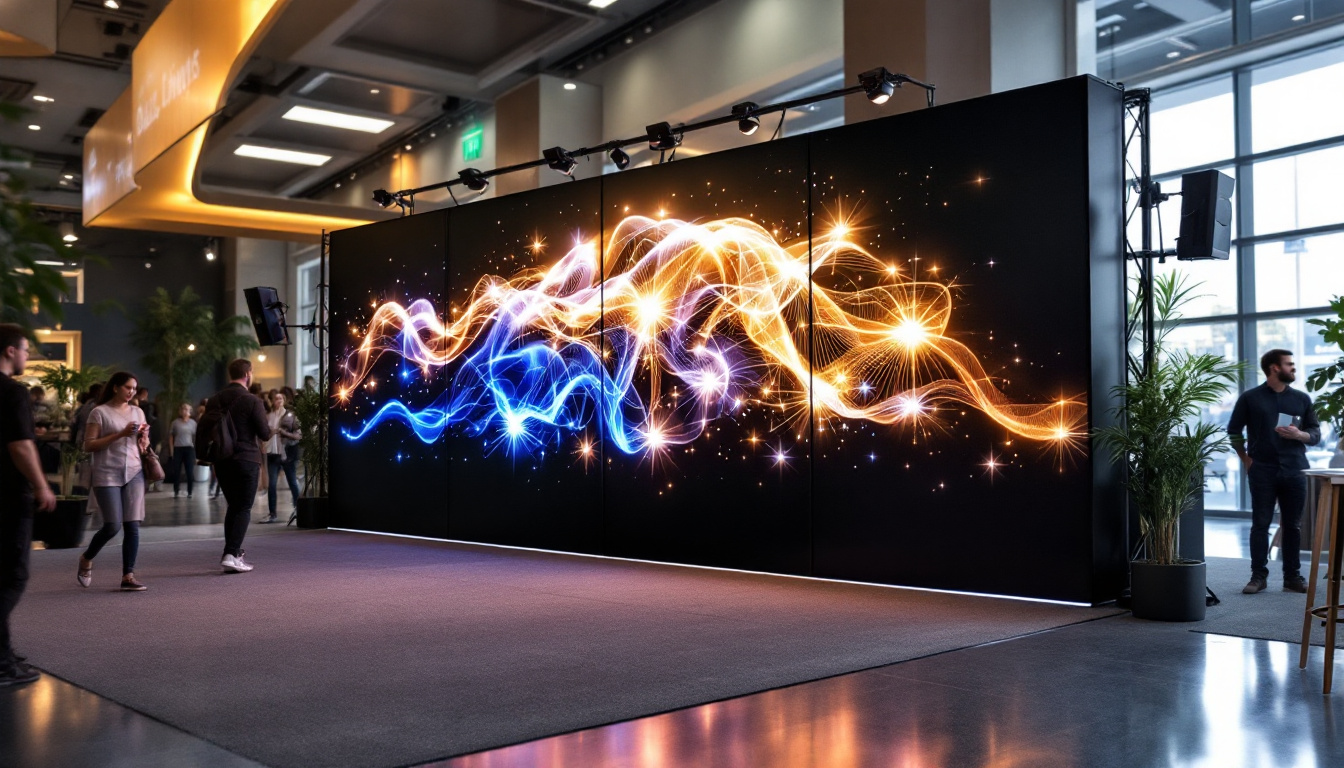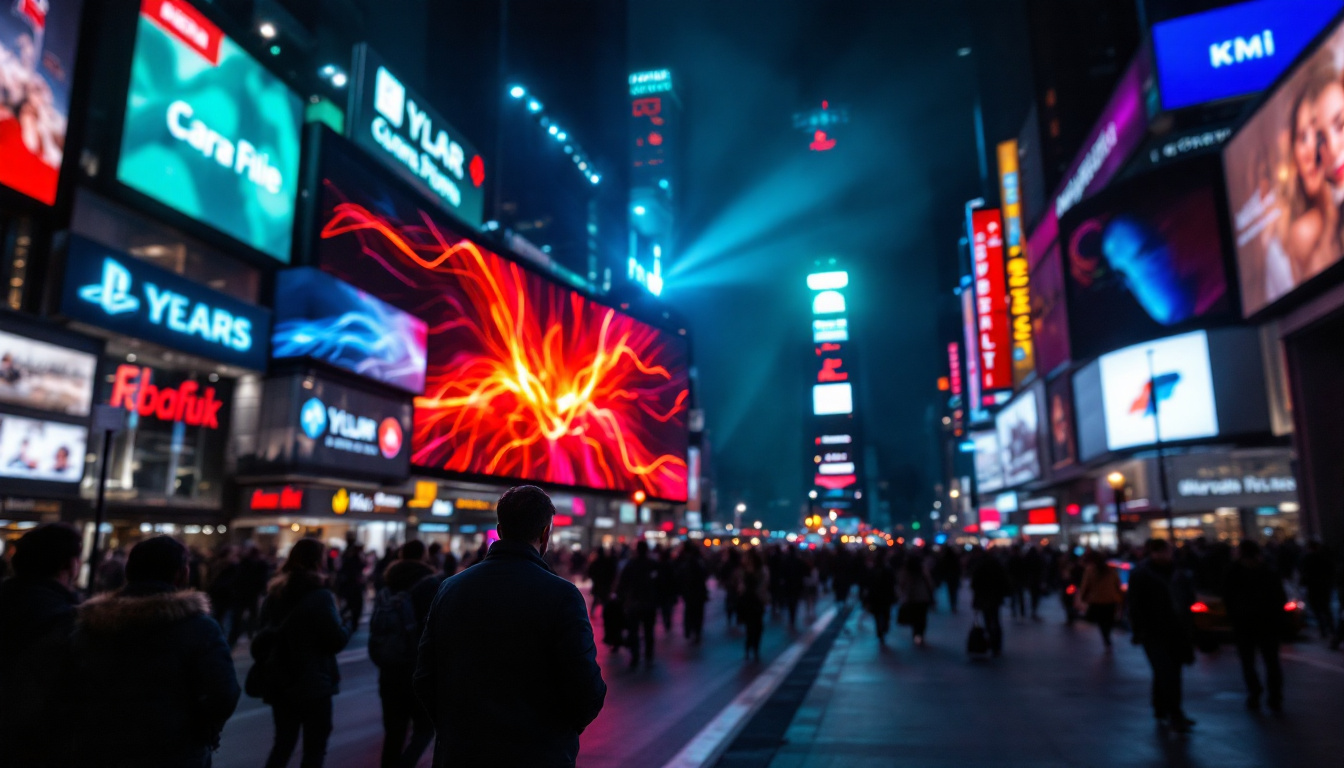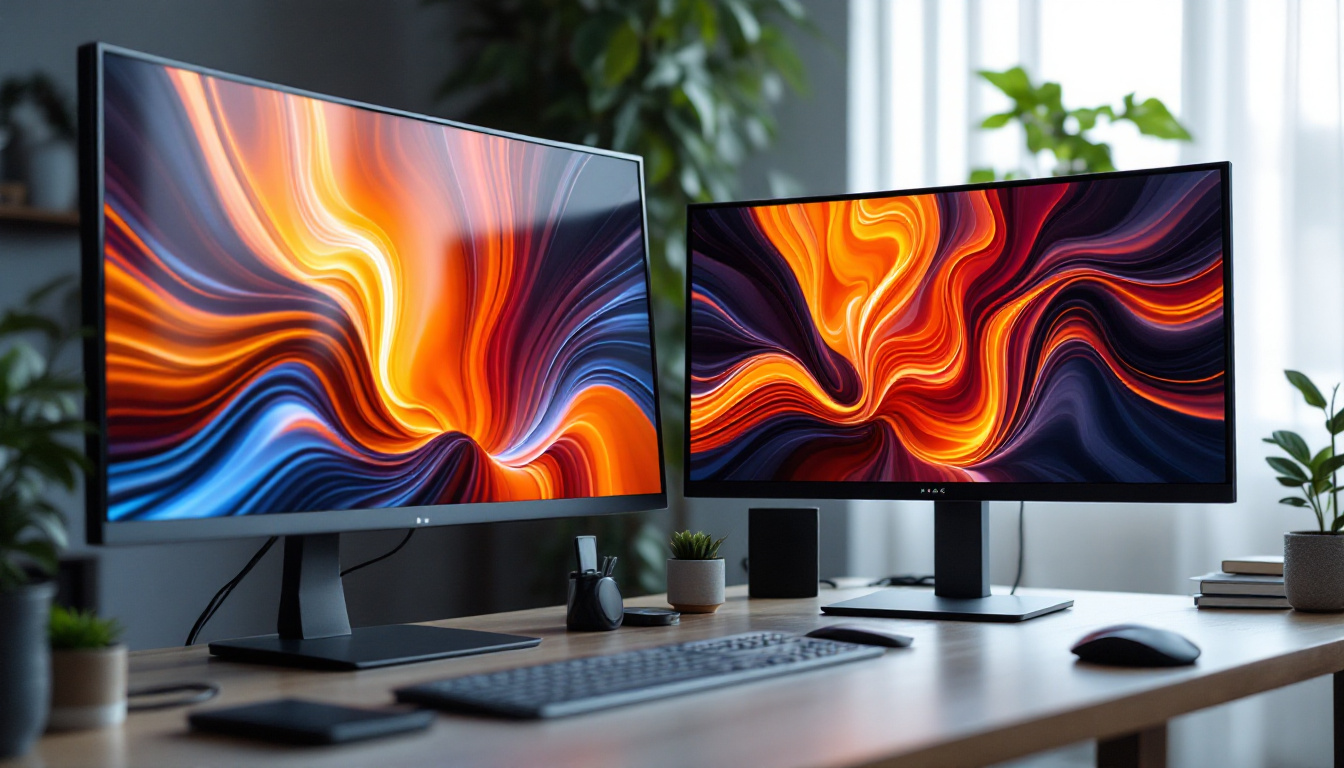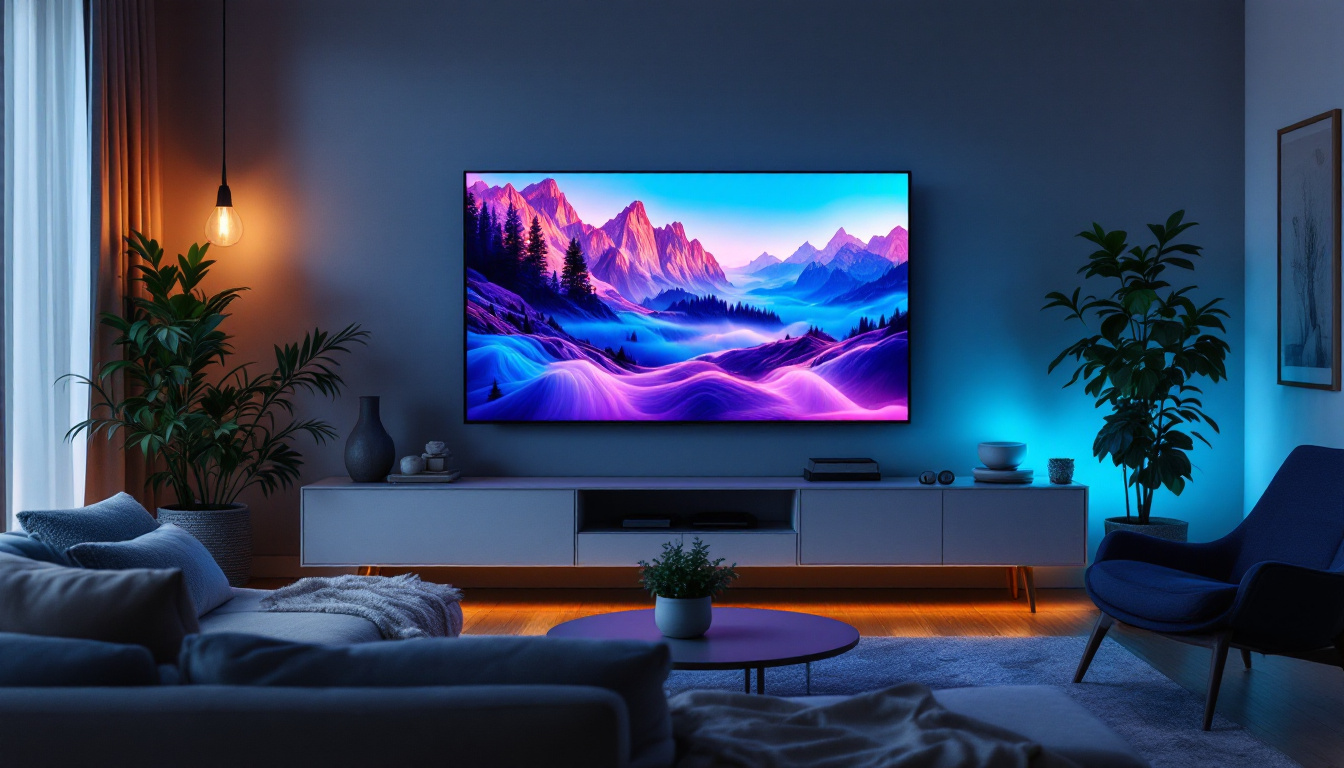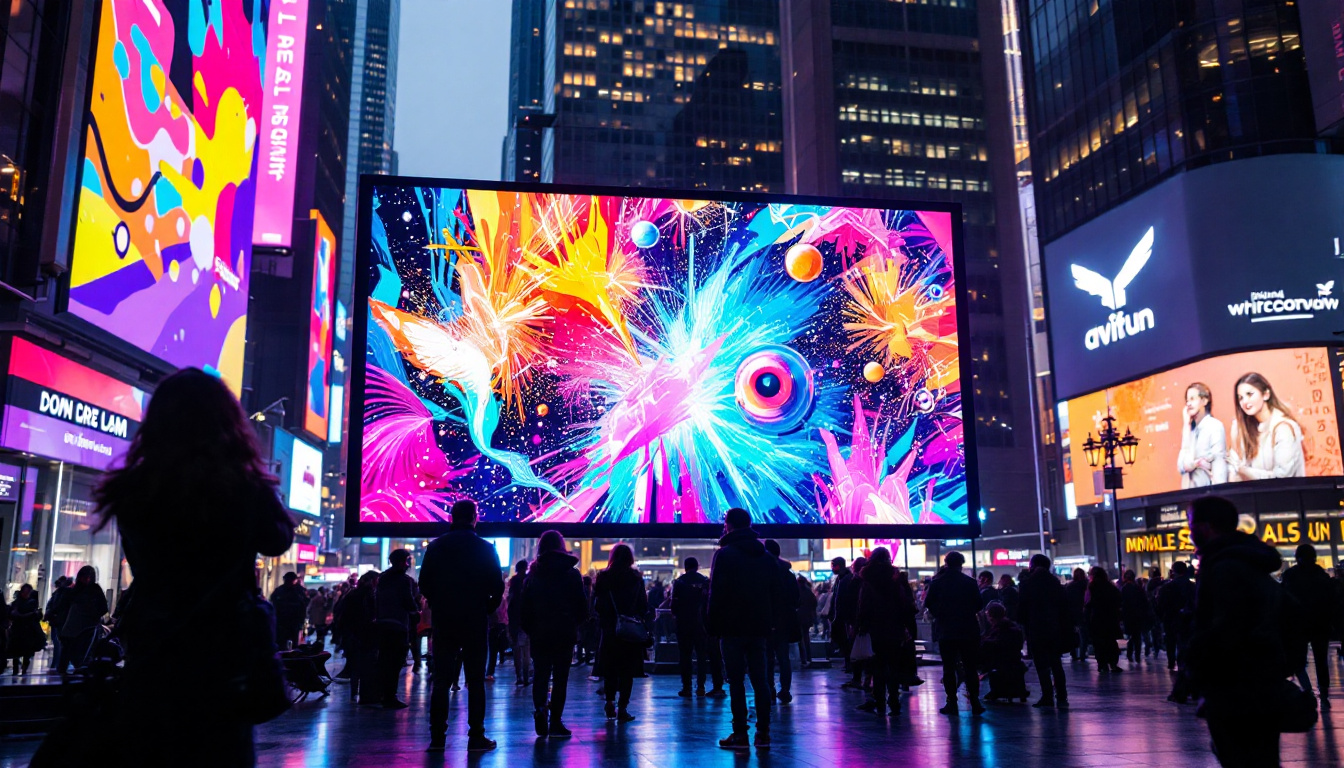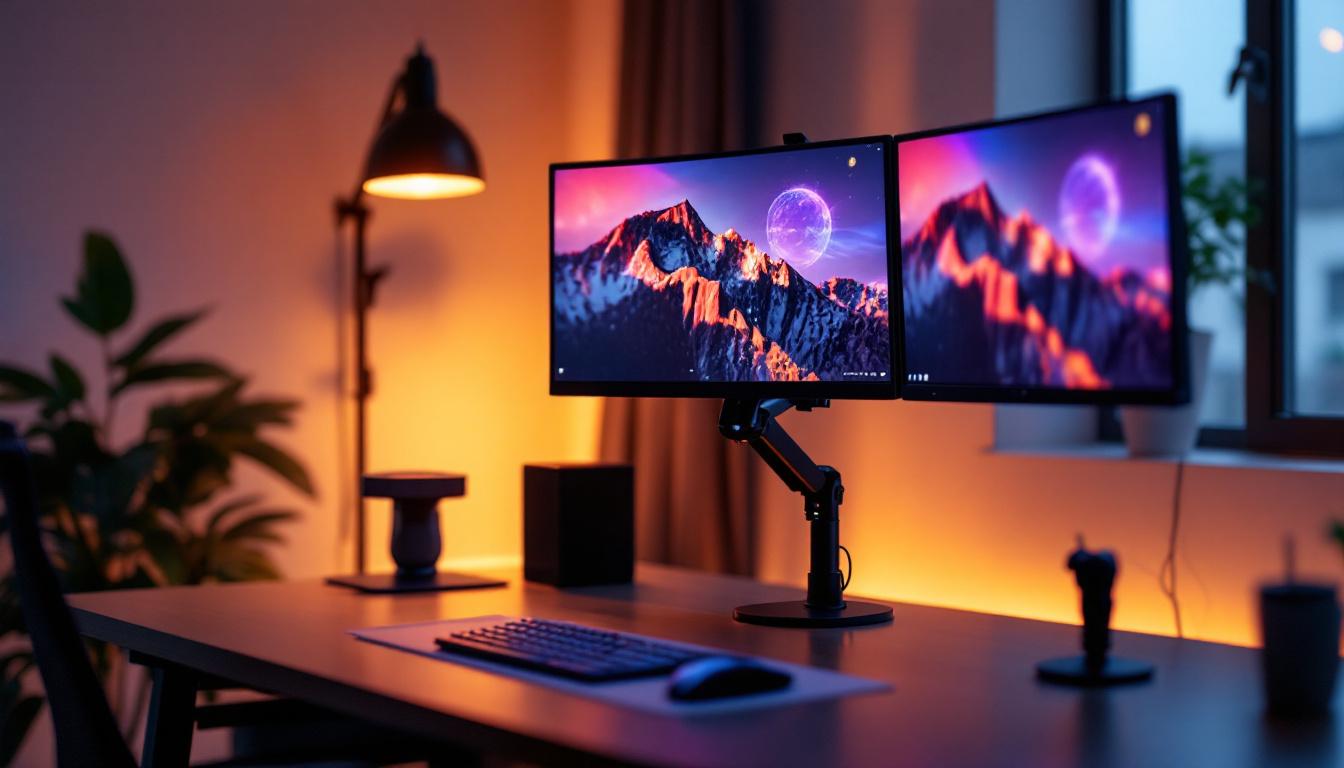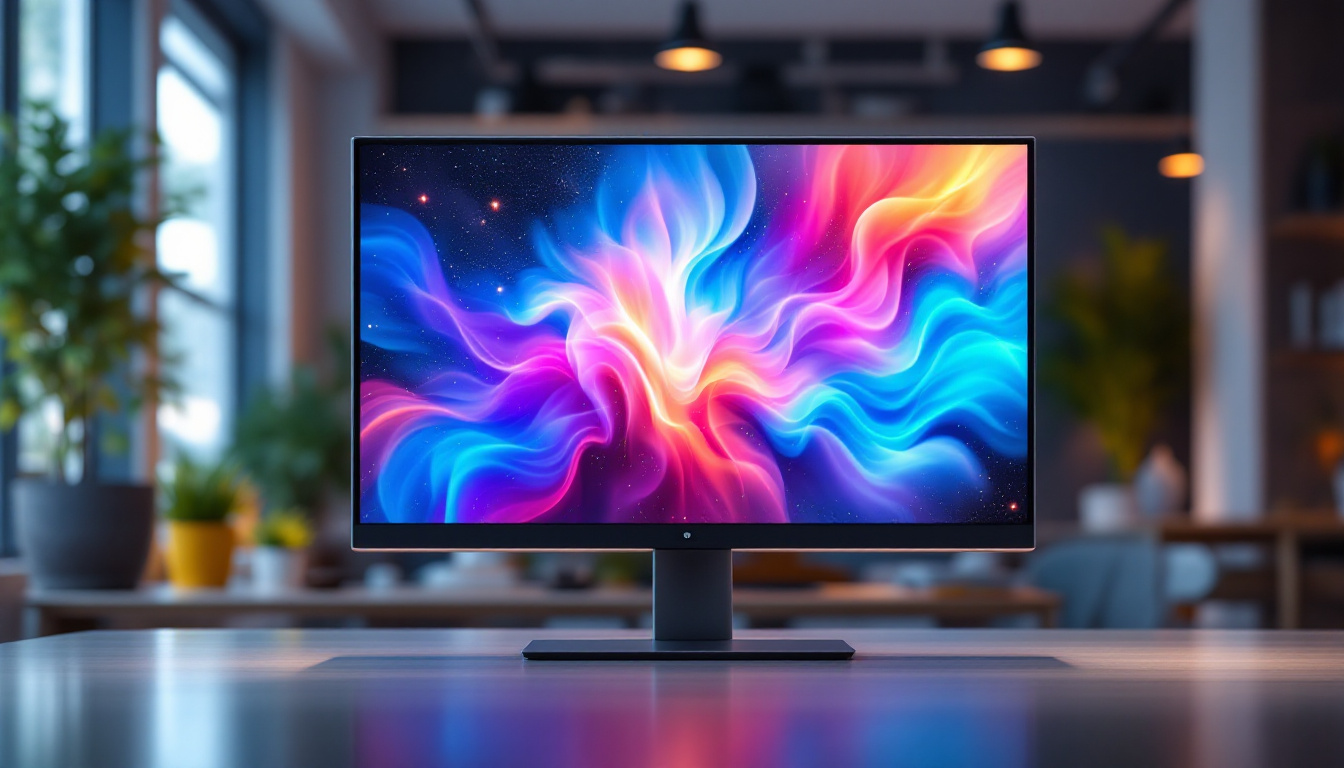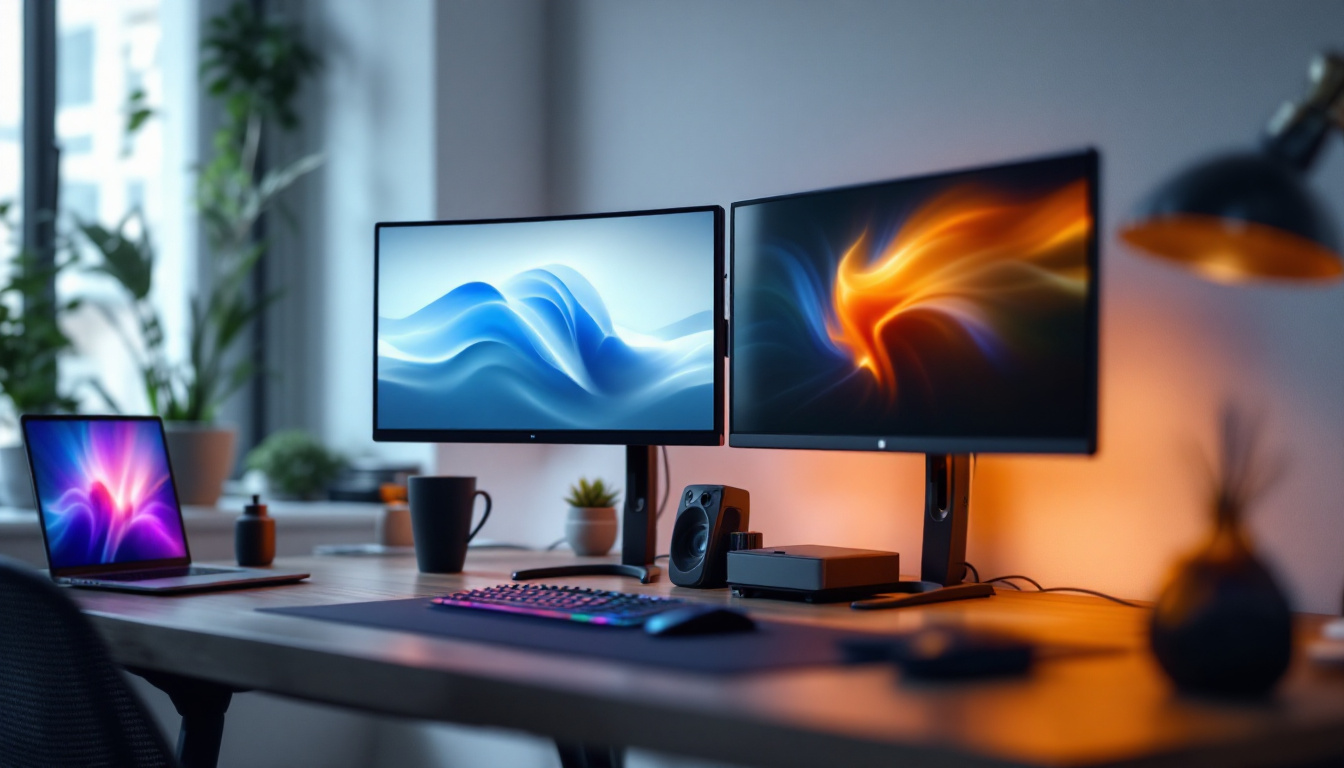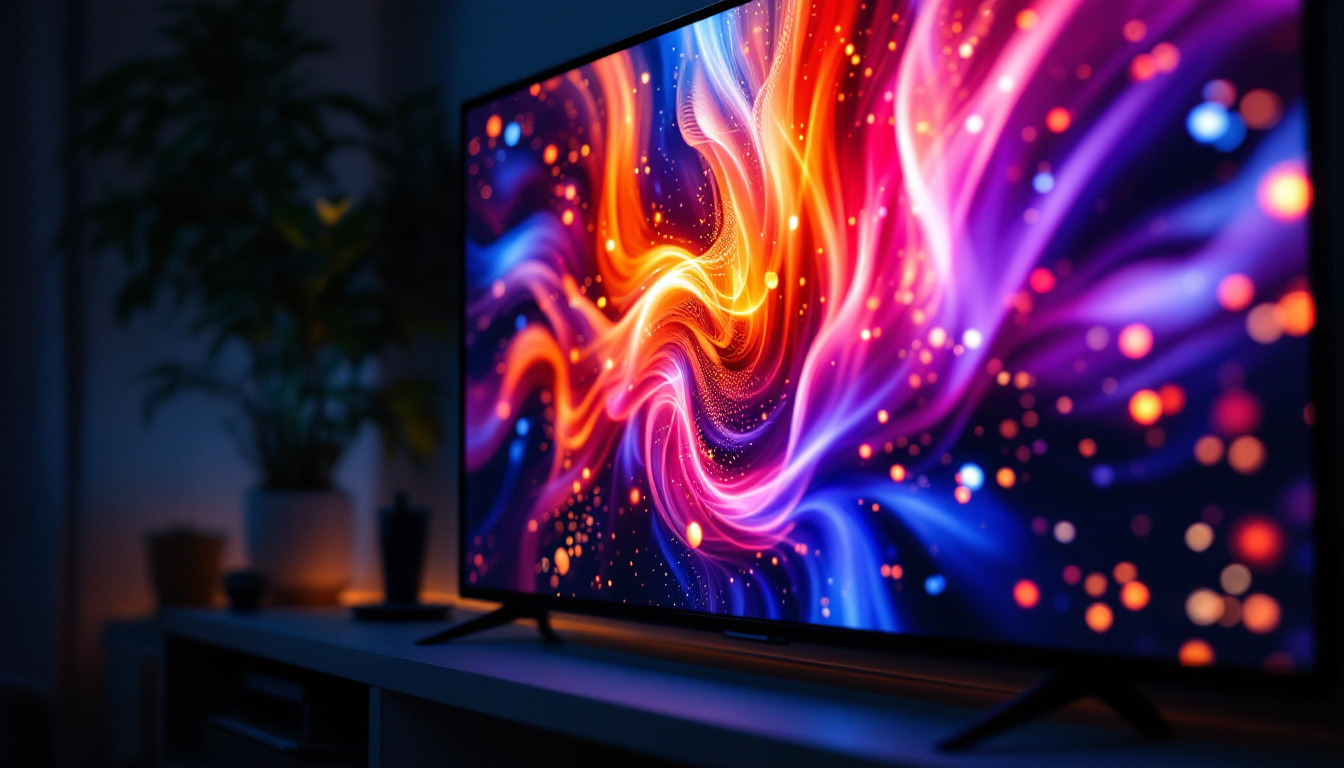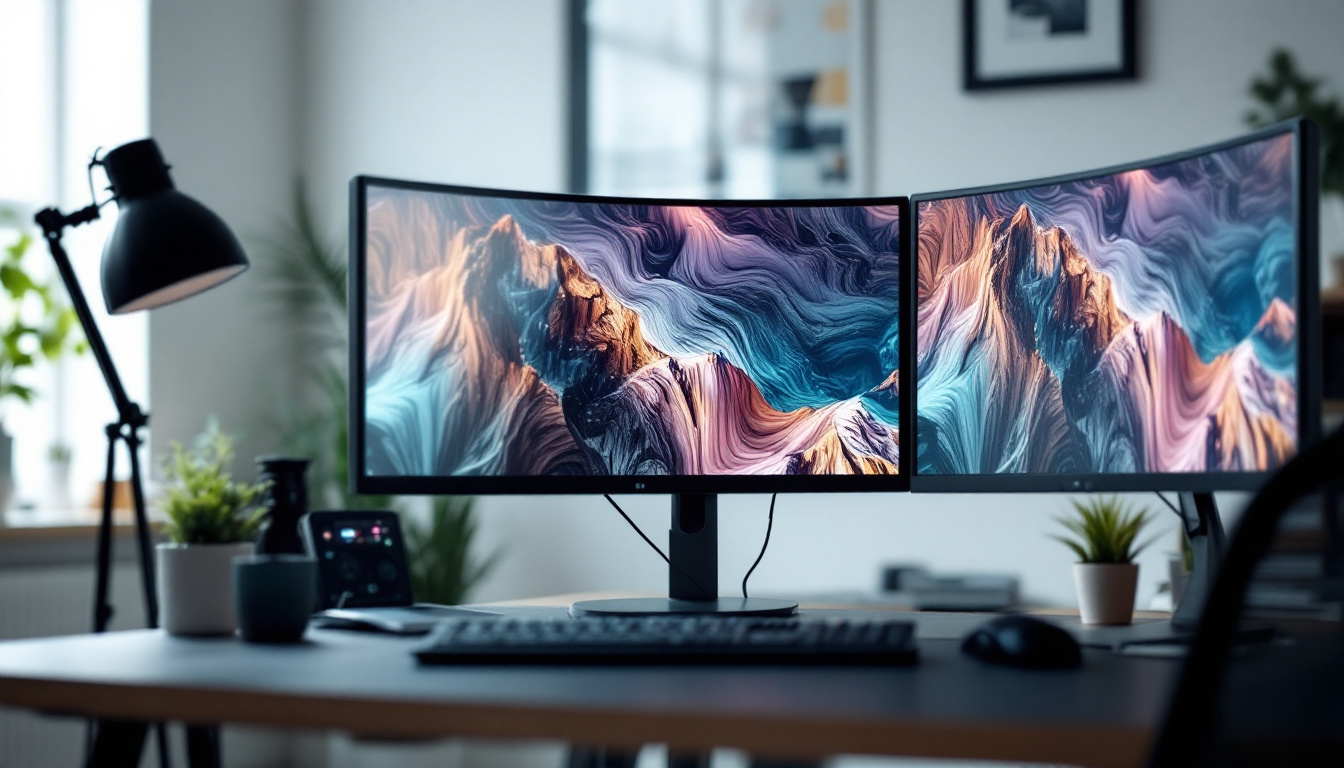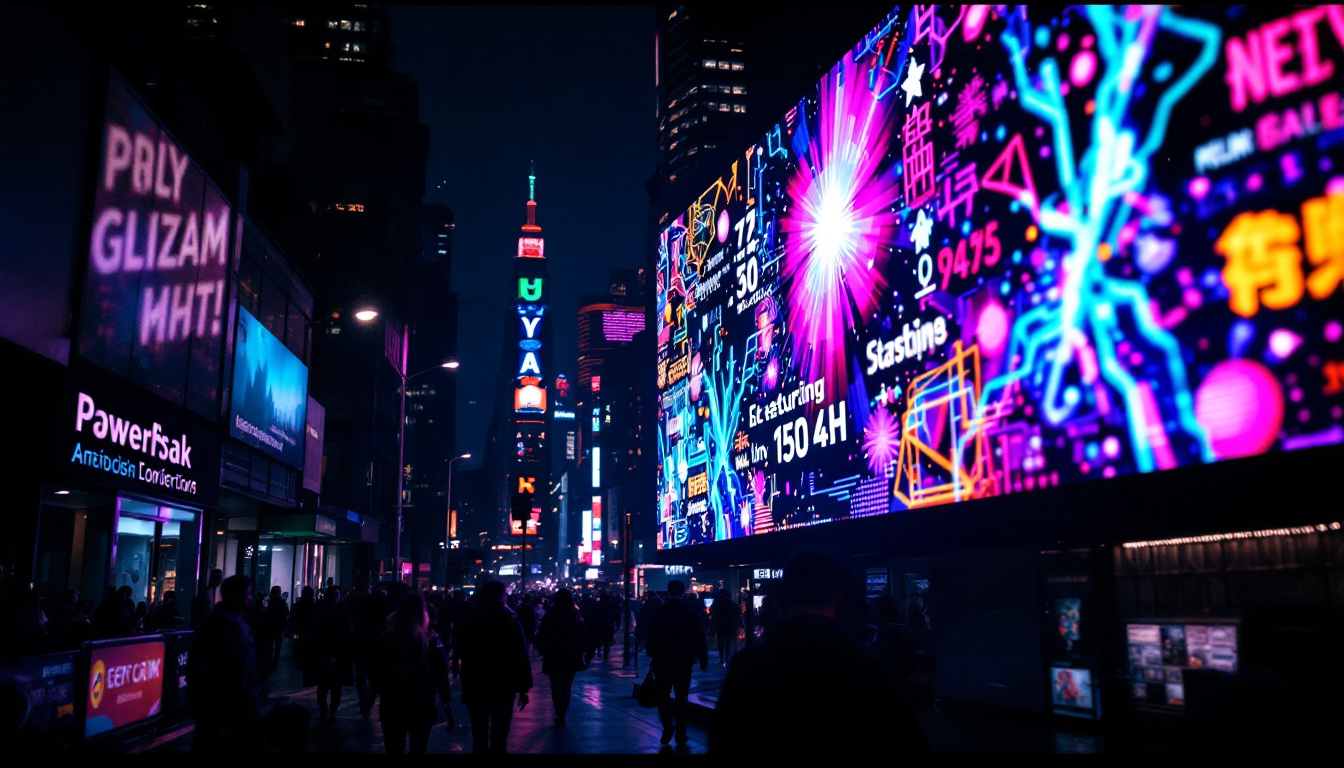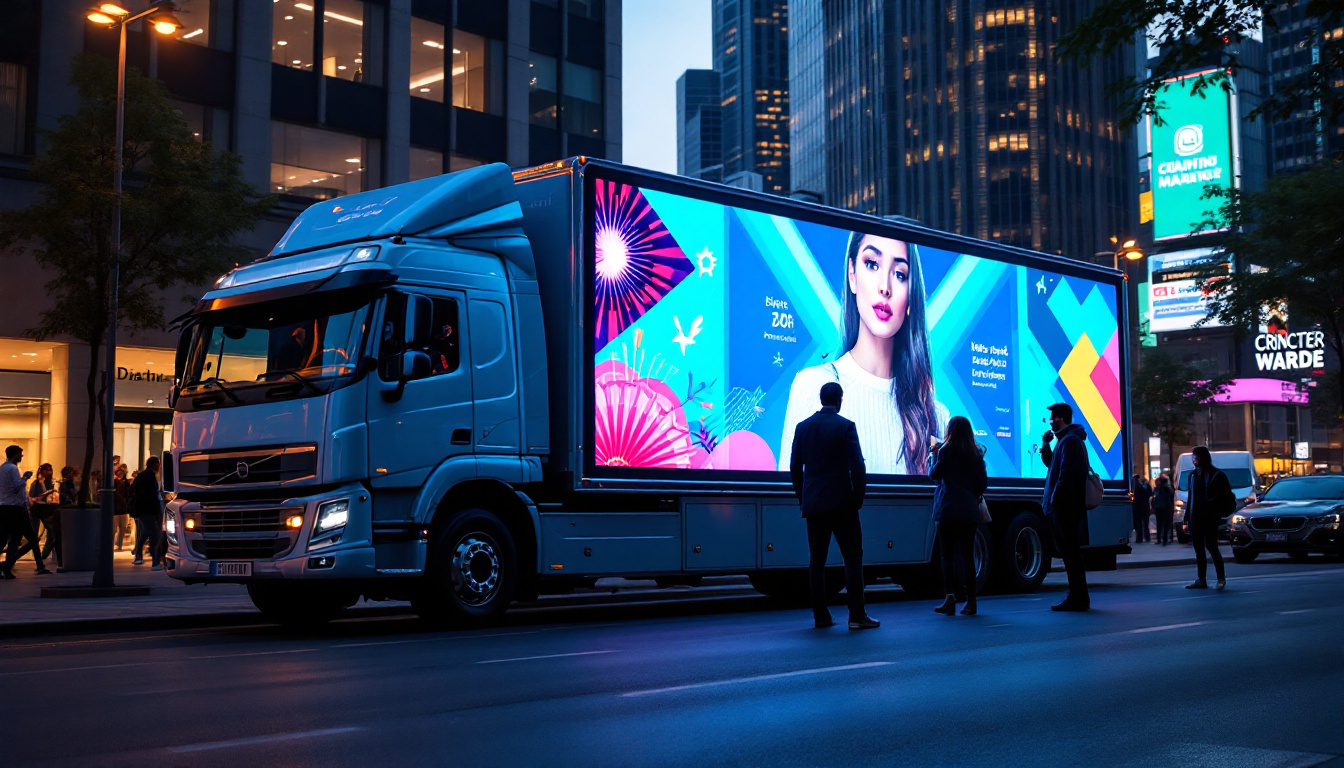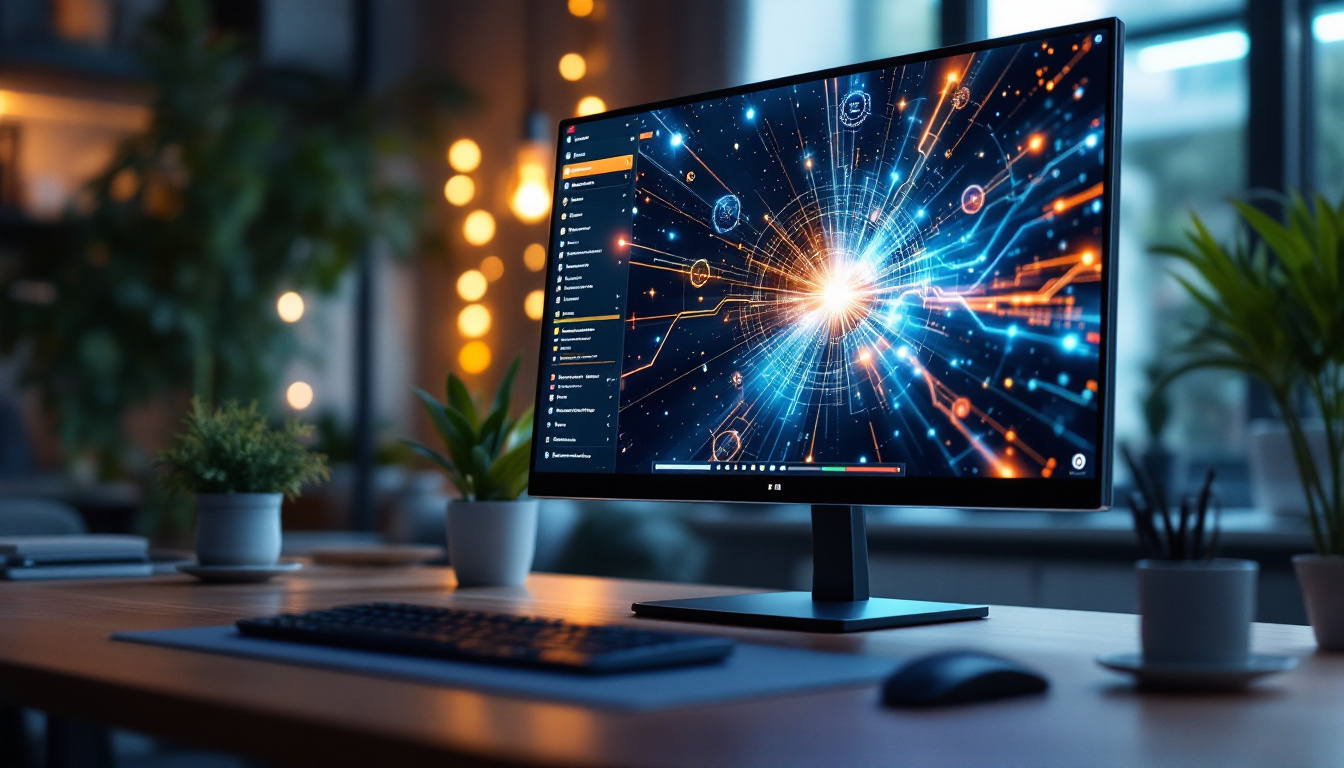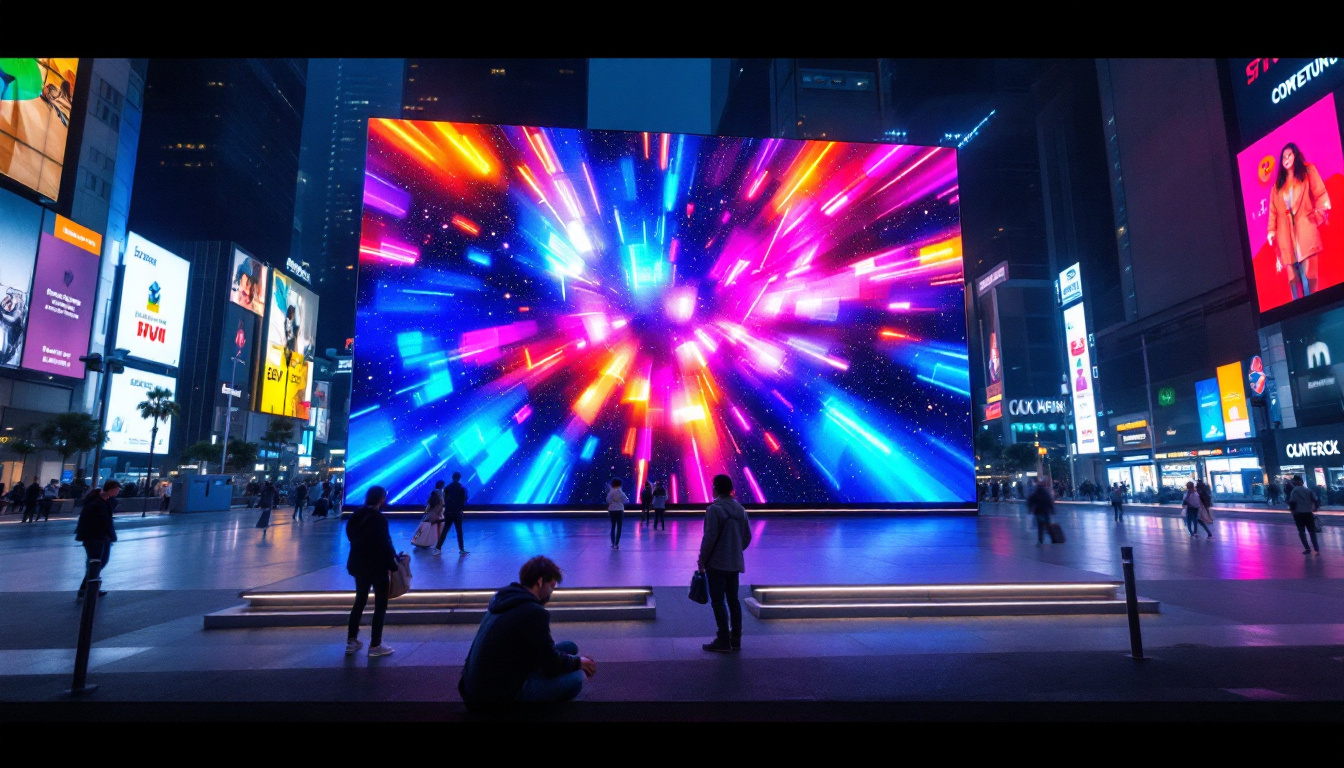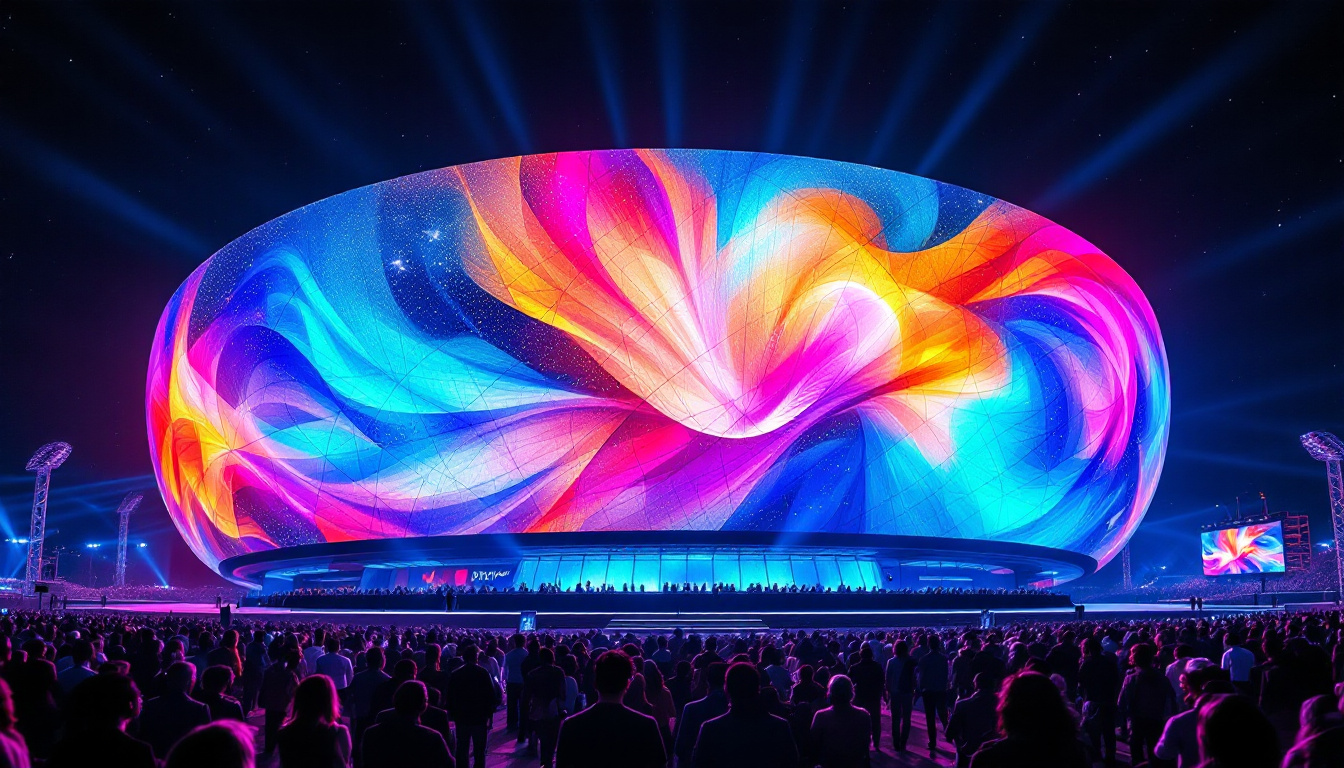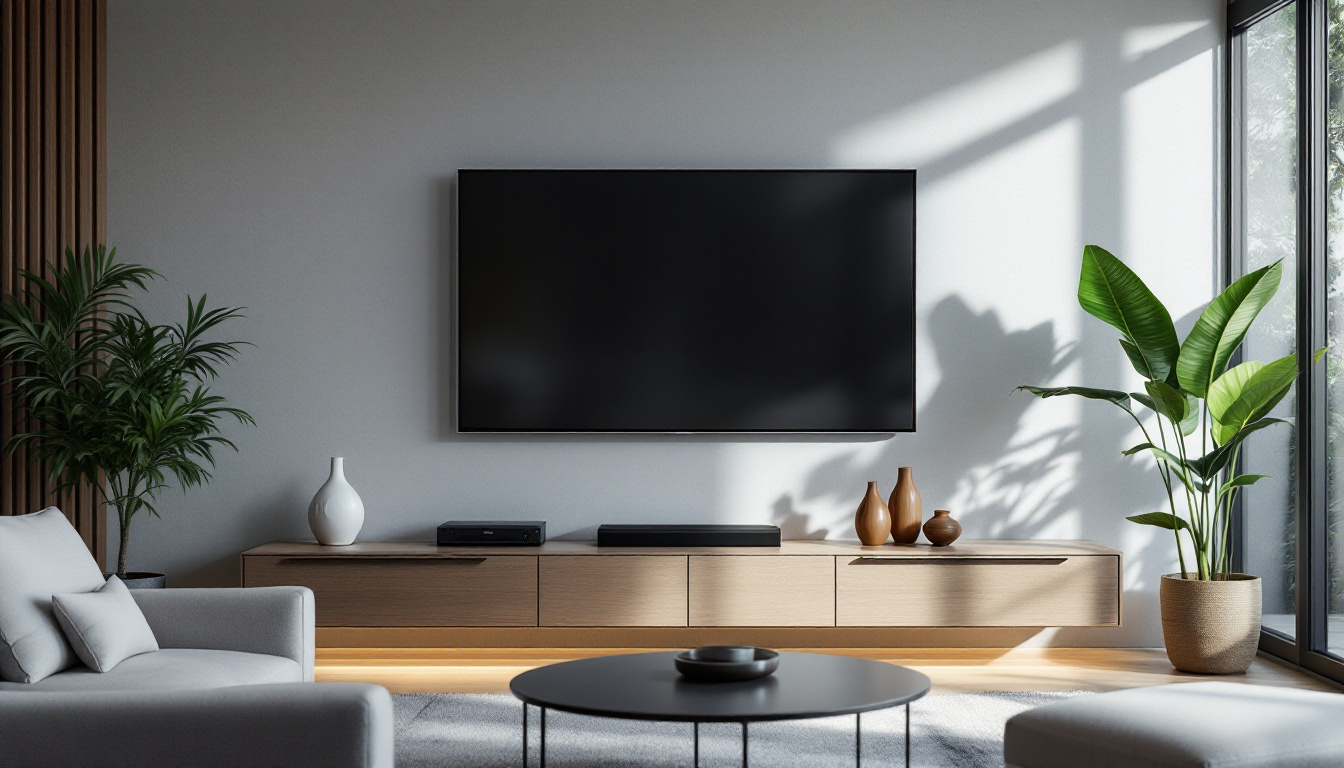The evolution of technology has led to the development of innovative solutions that simplify user interaction with devices. Among these advancements, the one touch control solution has emerged as a game-changer, particularly in the realm of LED displays. This article explores the intricacies of one touch control solutions, their significance in LED display technology, and how they enhance user experience.
Understanding One Touch Control Solutions
One touch control solutions refer to interfaces that allow users to operate devices with a single touch or click. This simplicity is particularly beneficial in environments where efficiency and speed are paramount. The technology behind these solutions integrates various components, including sensors, software, and hardware, to create a seamless user experience. As technology continues to evolve, the demand for intuitive interfaces that streamline operations has become increasingly important, especially in sectors like healthcare, hospitality, and consumer electronics.
Components of One Touch Control Solutions
At the heart of one touch control solutions are several key components that work together to facilitate user interaction. These include:
- Touch Sensors: These are the primary interface elements that detect user input. They can be capacitive or resistive, with capacitive sensors being more prevalent in modern applications due to their sensitivity and responsiveness. Capacitive sensors, for instance, can detect even the slightest touch, making them ideal for devices that require quick and accurate responses.
- Microcontrollers: These small computing units process the input from the touch sensors and translate it into commands that the device can understand. They play a crucial role in ensuring that the system operates smoothly, handling multiple inputs simultaneously without lag.
- Software Interfaces: The software layer manages the interaction between the user and the device, ensuring that commands are executed accurately and promptly. This software often includes user-friendly graphical interfaces that guide users through their options, enhancing the overall experience.
Together, these components create a responsive and intuitive interface that enhances the usability of LED displays. Moreover, advancements in artificial intelligence are beginning to influence the development of these systems, allowing for predictive touch responses and personalized user experiences that adapt to individual preferences.
Benefits of One Touch Control Solutions
The implementation of one touch control solutions in LED displays offers numerous advantages:
- Increased Efficiency: With a single touch, users can access functions quickly, reducing the time spent navigating through multiple menus. This is particularly advantageous in fast-paced environments, such as restaurants or retail stores, where speed can significantly impact customer satisfaction.
- user-friendly experience: The simplicity of one touch controls makes it accessible to a broader audience, including those who may not be tech-savvy. This inclusivity is essential in ensuring that all users, regardless of their technological proficiency, can engage with the device effectively.
- Reduced Physical Wear: Minimizing the need for multiple buttons or switches decreases the likelihood of mechanical failure, extending the lifespan of the device. This not only saves costs on repairs and replacements but also contributes to sustainability by reducing electronic waste.
Additionally, one touch control solutions can enhance the aesthetic appeal of devices, allowing for sleek and modern designs that eliminate the clutter of traditional buttons. This streamlined look is increasingly favored in contemporary design, aligning with consumer preferences for minimalism and elegance. Furthermore, the integration of haptic feedback in these systems can provide users with tactile responses, reinforcing the action of their touch and enhancing the overall interaction experience.
LED Displays: A Brief Overview
LED displays have gained immense popularity due to their versatility and superior performance. These displays utilize light-emitting diodes to produce images and videos, offering vibrant colors and high contrast ratios. They are widely used in various applications, from advertising billboards to television screens. The technology behind LED displays has evolved significantly over the years, leading to improvements in energy efficiency, lifespan, and overall display quality. As a result, they have become the preferred choice for both commercial and residential use, providing users with an engaging visual experience that was previously unattainable with traditional display technologies.
Types of LED Displays
There are several types of LED displays, each designed for specific applications:
- Direct View LED Displays: These displays consist of individual LED modules that create a larger screen. They are commonly used in outdoor advertising and large venues. Their ability to maintain visibility in bright sunlight and their durability against weather conditions make them ideal for outdoor environments.
- LED Backlit Displays: These displays use LEDs to illuminate an LCD panel, providing improved brightness and energy efficiency. They are prevalent in televisions and computer monitors, offering a thinner design while enhancing color reproduction and contrast.
- Organic LED (OLED) Displays: Utilizing organic compounds, these displays offer flexibility and superior color accuracy, making them popular in smartphones and high-end televisions. Their ability to produce true blacks and a wide viewing angle allows for an immersive viewing experience that is particularly appealing to consumers.
Each type of LED display benefits from the integration of one touch control solutions, enhancing their functionality and user interaction. This technology allows users to easily manage settings, switch content, and adjust brightness levels with a simple touch, making LED displays not only user-friendly but also highly adaptable to various environments.
Applications of LED Displays
LED displays are utilized in a myriad of applications, including:
- Advertising: Billboards and digital signage leverage LED technology to capture attention with dynamic content. The ability to change advertisements in real-time allows businesses to target specific audiences and promote time-sensitive offers effectively.
- Entertainment: Concerts and events use LED screens to display visuals that enhance the audience experience. From vibrant light shows to live video feeds, these displays create an immersive atmosphere that keeps audiences engaged and entertained.
- Information Displays: Airports and train stations employ LED displays to provide real-time updates to travelers. These displays are crucial for ensuring that passengers are informed about flight schedules, delays, and other important announcements, contributing to smoother travel experiences.
The versatility of LED displays makes them a prime candidate for one touch control solutions, allowing for quick updates and interactions. Furthermore, as technology continues to advance, we can expect to see even more innovative applications for LED displays, such as augmented reality integration and interactive installations that enhance user engagement in public spaces. This adaptability ensures that LED displays will remain at the forefront of visual technology for years to come.
Integrating One Touch Control Solutions with LED Displays
The integration of one touch control solutions with LED displays enhances their functionality, creating a more engaging user experience. This synergy allows users to interact with displays in a more intuitive manner, whether for personal use or in commercial settings.
Enhancing User Interaction
One touch control solutions significantly enhance user interaction with LED displays. For instance, in a retail environment, customers can easily navigate through product information, promotions, and advertisements with a simple touch. This immediacy not only improves customer satisfaction but also increases the likelihood of conversions.
Real-Time Content Management
With one touch control solutions, managing content on LED displays becomes a streamlined process. Users can update information or change advertisements in real-time, allowing for dynamic and responsive marketing strategies. This capability is particularly beneficial in fast-paced environments where timely information is crucial.
Case Studies: Successful Implementations
Several companies have successfully integrated one touch control solutions with LED displays, showcasing the potential of this technology:
- Retail Chains: Major retailers have adopted one touch interfaces on their digital signage, enabling customers to quickly access promotions and product details, thereby enhancing the shopping experience.
- Transportation Hubs: Airports and train stations have implemented one touch displays to provide travelers with instant access to schedules and updates, improving overall efficiency.
- Event Venues: Concert venues have utilized one touch control to allow event organizers to manage visuals and information seamlessly, ensuring a smooth experience for attendees.
Challenges and Considerations
While the benefits of one touch control solutions in LED displays are significant, there are challenges and considerations that must be addressed for successful implementation.
Technical Limitations
One of the primary challenges is the technical limitations of touch sensors. Factors such as environmental conditions, screen size, and user behavior can impact the responsiveness of touch controls. Ensuring that the technology is robust enough to handle various scenarios is crucial for optimal performance.
User Training and Adaptation
Despite the user-friendly nature of one touch controls, there may still be a learning curve for some users. Providing adequate training and support can help mitigate this issue, ensuring that all users can take full advantage of the technology.
Cost Considerations
Implementing one touch control solutions may involve significant initial investment, particularly for high-quality sensors and software. Organizations must weigh the long-term benefits against the upfront costs to determine the feasibility of integration.
The Future of One Touch Control Solutions in LED Displays
The future of one touch control solutions in LED displays is promising, with ongoing advancements in technology paving the way for even more innovative applications. As touch technology continues to evolve, it is expected to become more intuitive and responsive, further enhancing user experiences.
Advancements in Touch Technology
Emerging technologies, such as haptic feedback and gesture recognition, are set to revolutionize the way users interact with LED displays. These advancements will allow for more complex interactions while maintaining the simplicity that one touch controls offer.
Integration with Smart Technologies
As smart technology becomes increasingly prevalent, the integration of one touch control solutions with IoT devices will create new opportunities for user interaction. For instance, users may control multiple devices through a single LED display, streamlining their experience.
Expanding Applications
The applications of one touch control solutions in LED displays are likely to expand beyond traditional settings. From smart homes to healthcare, the potential for innovative uses is vast, promising to enhance user engagement and operational efficiency across various industries.
Conclusion
One touch control solutions represent a significant advancement in user interaction with LED displays. By simplifying the way users engage with technology, these solutions enhance efficiency, accessibility, and overall experience. As the technology continues to evolve, the integration of one touch controls with LED displays will undoubtedly lead to new possibilities, transforming the way information is presented and interacted with in various settings.
Understanding the components, benefits, and future potential of one touch control solutions is essential for businesses and organizations looking to leverage LED technology effectively. By embracing these innovations, they can create more engaging and efficient environments that cater to the needs of their users.
Discover LumenMatrix’s Advanced LED Displays
Ready to elevate your visual communication with the latest in LED display technology? LumenMatrix offers a comprehensive range of innovative LED display solutions, from vibrant Indoor and Outdoor LED Wall Displays to dynamic Vehicle and Sports LED Displays. Each product is designed to captivate your audience and amplify your message with unparalleled clarity and impact. Experience the future of one touch control with our All-in-One LED Displays and engage with your audience like never before. Check out LumenMatrix LED Display Solutions today and transform your space into a mesmerizing visual experience.



